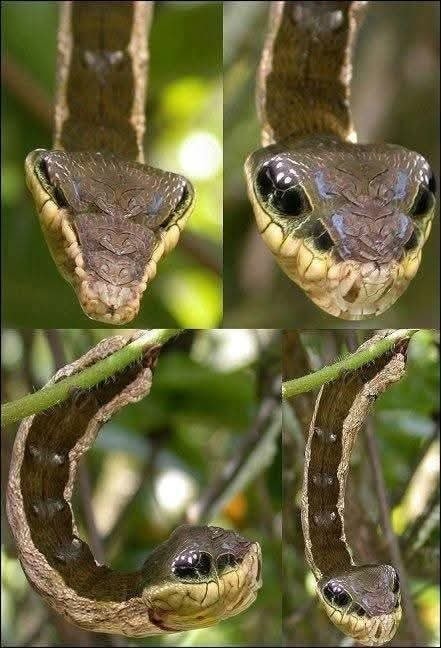
The Hemeroplanes triptolemus moth larva’s snake mimicry is a product of evolutionary adaptation through natural selection, not conscious thought or design. Individuals with genetic variations that made them slightly better at mimicking a snake—perhaps a subtle pattern, a slightly better ability to inflate its body, or a more convincing strike-like movement—had a higher chance of surviving and reproducing. Over generations, these advantageous traits became more common in the population, refining the sophisticated survival strategy as a result of the environment selecting for those best equipped to avoid predation.
Here’s a breakdown of the evolutionary process:
- Variation: In any population of moth larvae, there will be natural variations in traits. Some might have slightly different body shapes, eye patterns, or behaviors.
- Predation: When a predator (like a bird or lizard) encounters a larva, the larva’s chances of survival depend on its ability to avoid being eaten.
- Selection: Larvae that, by chance, were better at appearing like a dangerous snake were less likely to be eaten. This is because a more convincing snake-like appearance would startle or deter the predator.
- Inheritance: These surviving larvae would then reproduce, passing on their advantageous traits (the ones that led to survival) to their offspring.
- Refinement: Over thousands or millions of years, this process would continue. Each small improvement in mimicry—a more realistic eye spot, a better inflation technique, or a more effective strike—would be selected for, leading to the incredibly sophisticated mimicry seen today.
Therefore, the larva “figured it out” through the cumulative effects of natural selection acting on random genetic variations over vast spans of time, a process that is inherently unguided and not a result of intelligence or design